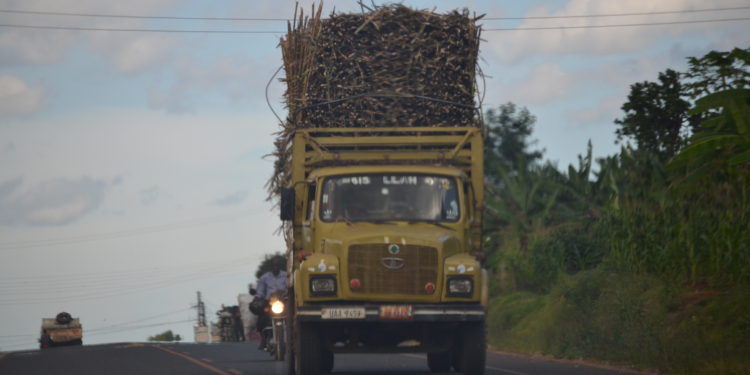How permit-controlling cartels have locked out poor out-growers
A bunch of kids, scrawny and dishevelled spread across the treacherous rows of this plantation to harvest sugarcane in Mayuge district.
As the sun sets, its golden glow pokes the lush green landscape as the youngsters are silhouetted in the hues of light just before darkness envelopes this backwater.
Sugarcane plantation, which spreads across large tracts of land is the economic pulse of Busoga sub-region.
In this part of the country, it is a place of two extremes; a jarring lifestyle of master and servant. The families of those who grow and cut the cane, live in abject poverty and are subjected to the stinging lash of exploitation while sugar barons live like modern-day monarchs.
It is not unusual for these blue-chip company owners to mount their horses and play polo, a game of royalty, as their visitors enjoy the finest wine and cognac on a well- manicured lawn.
For those who have kept good records of their history like Frank Nabwiso, a former Member of Parliament and Vice- Chancellor of Busoga University, these sugar barons did not have to lace their bootstraps to become wealthy.
Between 1925-1932, Governor Sir William Growers parcelled chunks of land in Busoga then under the Imperial British Crown Land to the Muljibhai Madhvani Group of Companies for sugar-cane farming.
“They flourished from 1928 up to 1972 when president Idi Amin expelled Indians from Uganda by that time they were no out-growers. Madhavani had plenty of land and was self-sufficient in growing cane,” Nabwiso told the East African Centre for Investigative Reporting’s online publication, www.voxpopuli.ug.
According to trade records, the main sugar producer in Uganda by 1960, Muljibhai Madhvani and Co., had 20,000 acres under cane in Busoga. By 1964, Madhvani’s output rose from 55,000 tonnes to 72,000 as a result of intensive cultivation, better use of fertilisers and irrigation.
By then, their major rivals, the Mehta Group had established large sugar estates and factories at Lugazi, Kampala and Jinja.
By 2013, Busoga had licensed eight new sugar manufacturers including Kamuli Sugar Factory, Kenlon Sugar Factory, Bugiri Sugar Company to bring the total to 11 in the sub-region. Some actors in Busoga are claiming that there is a direct link between the sugar industry and poverty.
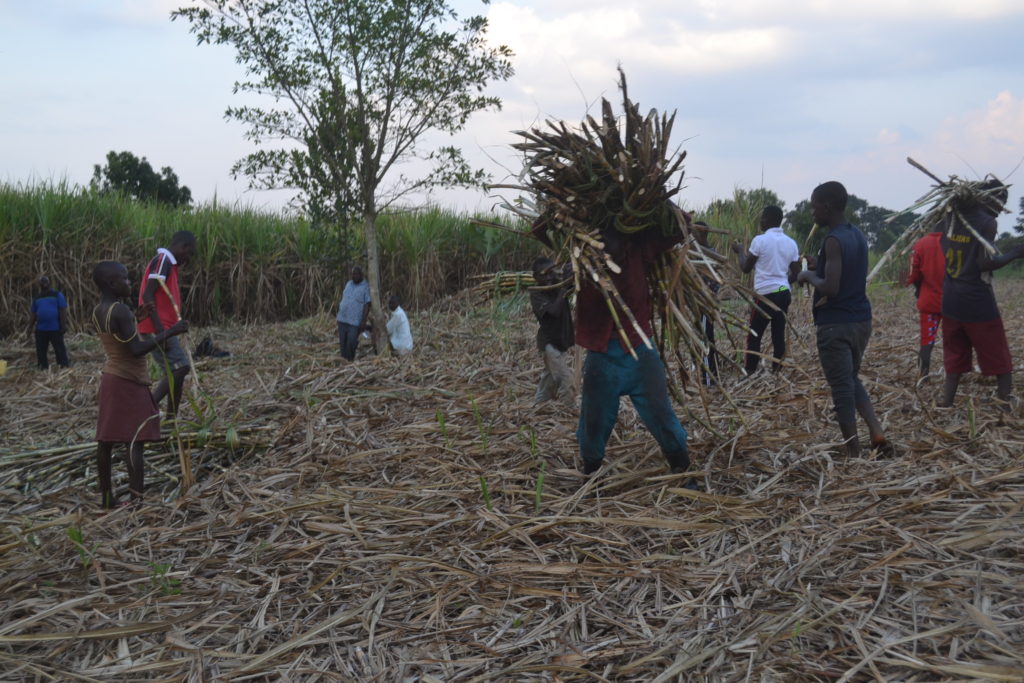
“Yes, there is a correlation. People in Busoga were rich in the past because they had two major cash crops, cotton and coffee, and they had sufficient food to feed themselves but since the NRM came to power, the situation has changed considerably pushing sugarcane as the main cash crop of Busoga,” argues Nabwiso who represented Kagoma County in the Sixth and Seventh parliament.
Nabwiso says that this means they have to buy food from somewhere. “The western region in particular has benefited a lot from exporting matooke and other food items including Irish potatoes, milk to Busoga.”
When Madhvani and other Ugandan Asians returned in 1985 after the Idi Amin expulsion, they started encouraging people in the neighbouring areas to grow sugarcane. This is when the out-growers commenced their activities, revealed Nabwiso.
According to a confidential study conducted by Uganda Bureau of Statistics (UBOS) in 2017 but later shelved for what sources claim was ‘likely to cause a backlash if published’ it established that there was an increase in the national poverty rate. However, eastern Uganda and Busoga stood out.
For instance, Eastern Uganda in 2017, registered the highest poverty rate of 43.67 percent compared to a much lower rate of 24.53 percent registered in 2012/2013. This means that poverty in this region soared by 11.13 percent.
Busoga specifically registered the highest overhead count ratio of 50 percent and a poverty intensity of 58 percent in the whole country.
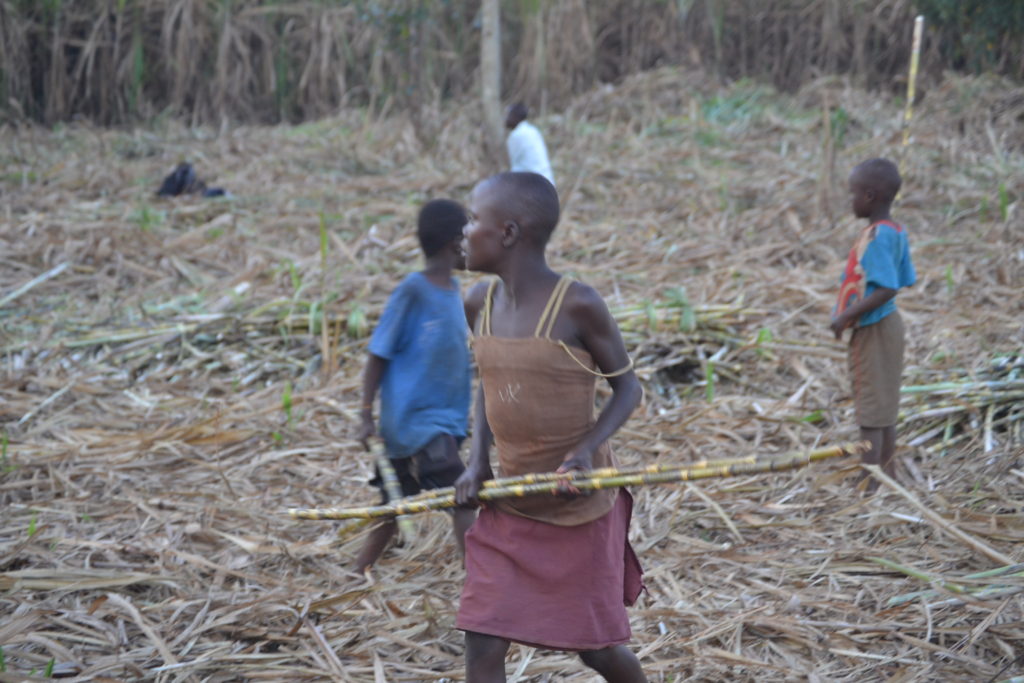
The report attributes the increase in the poverty rate to the persistence in subsistence farming. Bukedi, Busoga and Bugisu sub-regions recorded the highest poverty levels in eastern Uganda.
This is what prompted the Speaker of Parliament, Rebecca Kadaga, to author a letter to the Prime Minister, Ruhakana Rugunda, imploring him to include Busoga as part of the Northern Uganda Social Action Fund (Nusaf). Nusaf, is equivalent to the Marshall plan, (the post-World War II American initiative passed in 1948 for foreign aid to Western Europe) to uplift the northern region battered by the near two-decade Lord’s Resistance Army (LRA) insurgency.
The letter written on November 21, 2019, reads, “I have reviewed the UBOS poverty report of 2012-2013 and 2016-2017 and note great overall poverty decline in the country. The trend however varies across the country. The latest studies show marked increase in poverty rates in the eastern part of the country.”
Kagada’s letter further reads, “I am aware your office is designing NUSAF-4 as part of continued government effort to eradicate poverty in northern Uganda. The purpose of this communication is to ask you to widen your scope of intervention under NUSAF-4 to include Busoga region with marked increase in poverty rates and also explore ways to increase overall funding.”
Covid-19 has worsened poverty levels across the country and specifically in Busoga.
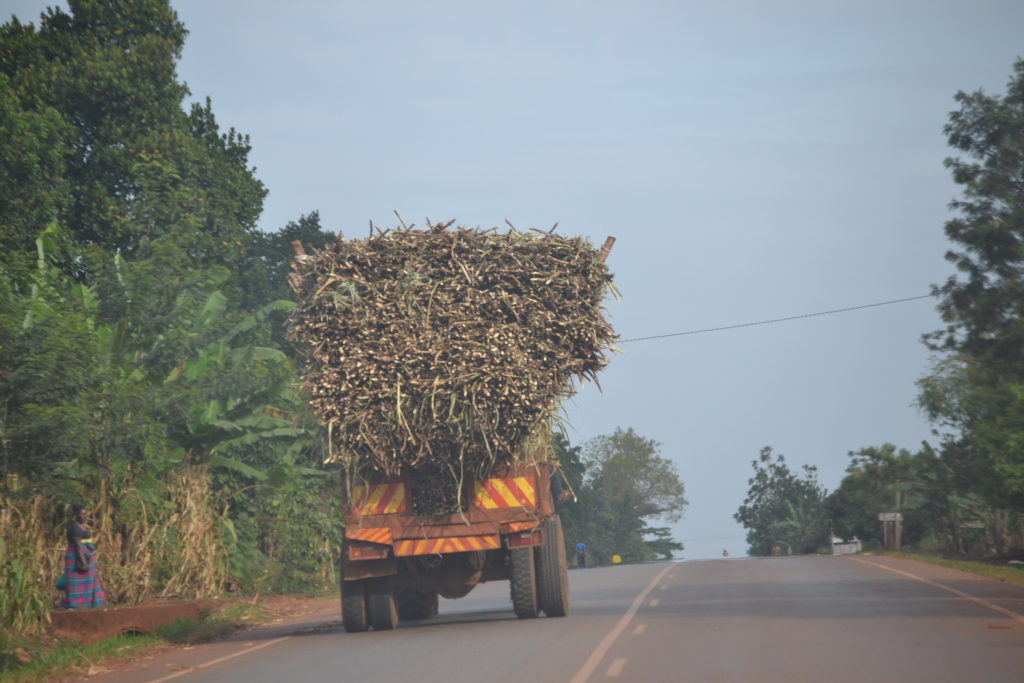
When the first Covid-19 cases were registered in March, government imposed one of the harshest lockdowns across the country. Public transport was halted, food supply chains cut off and the economy pushed towards a cliff. For Busoga already grappling with a high poverty density, this pushed many families into squalor and desperation.
Bank of Uganda Governor, Emmanuel Mutebile, recently revealed that about Shs. 4 trillion was wiped off the economy as a result of the Covid-19 pandemic.
The Permanent Secretary Ministry of Finance, Planning and Economic Development and Secretary to the Treasury, Keith Muhakanizi said government expects a sizeable part of the population to slip back into poverty.
Nabwiso says that he personally held a meeting with the president in 2013 to discuss this sticky subject. “I pointed out to him [president] that commissioning more sugar factories was going to increase famine and cut down food production, he asked me, ‘who is commissioning the factories?’ I said it is you sir, because there are three more factories which the president commissioned, the one in Kamuli, another in Mayuge and another in Kaliro, some people are suggesting another factory in Bugiri.”
Nabwiso says in attempting to address the problem of food security, the president visited Busoga in 2018 and introduced the four-acre agriculture programme. “But that programme nobody is talking about it anymore, I have not heard Naads [the National Agricultural Advisory Services] take it up.”
But former Agriculture minister and Food and Agriculture Organisation (FAO) representative to China, Mongolia, South Korea and the AU seat in Addis-Ababa, Victoria Ssekitoleko, offers a nuanced view of the problem.
Ssekitoleko who hails from Busoga postulates that investors ought to set up enterprises that directly benefit locals. “If I am an investor, I would set up factories. Growing up every village had a jaggery factory, you have sugarcane juice, bagasse and molasses are good for import substitution, there is also a potential for industrial organic alcohol.” Bagasse can be used in the manufacture of biodegradable cups and plates, while molasses can produce ethanol, which is a source of renewable energy.
Ssekitoleko cited the success story of Mauritius in sugarcane growing, which contributes about 19 percent of foreign exchange earnings. “In order to eat bananas and beans, you have to buy them and have Bushenyi and Kyegegwa grow them as long as the households in Busoga have income-generating activities,” argues Ssekitoleko.
Sugarcane growing is labour intensive. Thousands of out-growers acquire loans from shylocks to rent land and grow cane. But the price of cane has been gradually declining for the past two years.
“You have to put in labour, you need fertilisers, you need land clearing, a tractor for grading, dig trenches and you get out very little. Now the prices are quite low and out-growers fear to harvest because the cane will dry and have no market,” revealed Tom Magumba, an out-grower.
When I visited Mayuge, I found heaps of abandoned cane, which had dried. The price of a tonne of cane has drastically fallen from shs. 170,000 to shs. 90,000 at the factory.
Tom Magumba who has planted cane in Mayuge district revealed that many farmers have now lost their land and property after defaulting on loans. The farmers need permits to sell cane. Initially, this was meant to ensure that immature cane is not sold at the factory but cartels at the behest of politicians and businessmen now control the permit system. “We the poor out-growers have been locked out as the powerful control the permit and without one your cane is not given a priority to be bought at the factory. Anybody with less than 20 acres and no personal transport and permit, it means doom,” revealed Magumba.
It costs an out-grower about shs. 2.5 million to shs. 3 million to get a direct permit clearance at the factory. One permit entitles a farmer to supply 20,000 tonnes of cane. “How many farmers can afford this fee?” Magumba asked.
Without a permit, one may have to queue for five months to be able to sell their cane. Magumba says the permit system was started a few years ago. “The people who control these permit cartels are not even out-growers. They don’t have plantations. Permit clearance is huge business and some of these permit holders outrightly cheat farmers and don’t remit their money for the sugarcane sold at factories,” revealed Magumba.
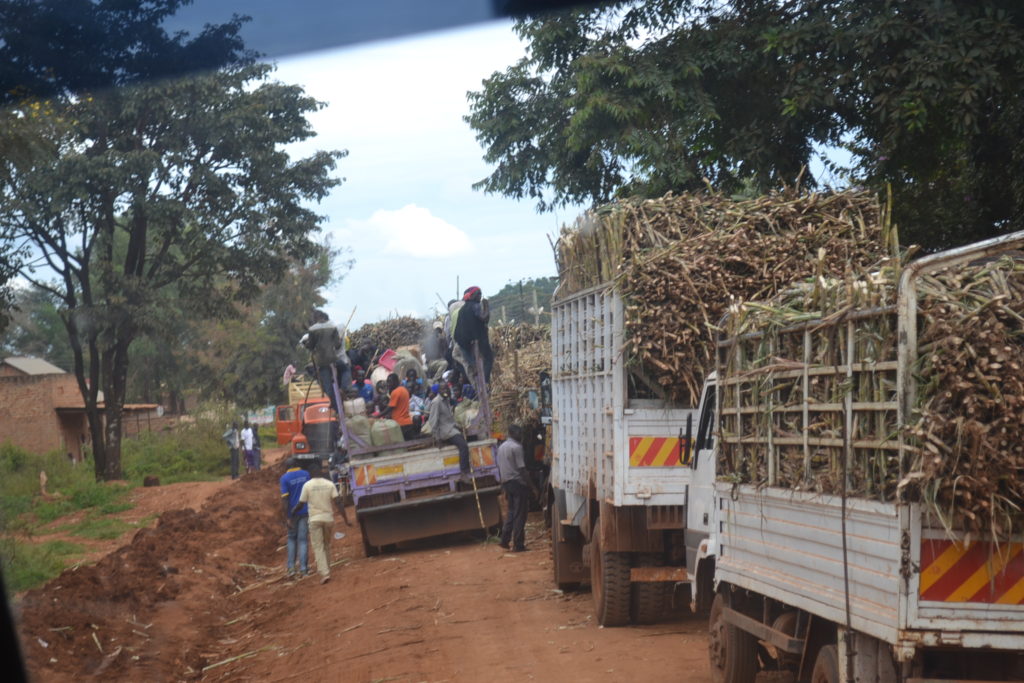
There is now a fight pitting tenants and landlords as those renting land fear to harvest the cane as the price is low.
The sharp drop in the price of cane comes on the heels of Kenya’s Agriculture Cabinet Secretary, Peter Munya’s recent announcement calling for a ban on the importation of Sugar cane from Uganda, which took effect in July 2020.
“The price has gone down because of the supply and demand curve, there is a plenty of sugarcane, the question is who is to blame? Is it the people of Busoga or the government of Uganda? The government of Uganda is partly to blame, the government has a national planning authority to help people plan to implement social economic programmes,” argues Nabwiso.
During the colonial era, Busoga was designated as a coffee, cotton and livestock hub. In 1942, the colonial government established the Ikulwe Agriculture Research Station to spearhead research and train agricultural extension workers. It later on was handed to the National Agricultural Research Organisation (NARO).
“Today we have no place to train agricultural extension workers,” revealed Nabwiso. As a result of being food insecure, Busoga has recorded some of the highest malnutrition cases.
The Director of Jinja Regional Referral Hospital, Dr Edward Nkurunziza, in January 2020 told Daily Monitor that he is overwhelmed by the high number of both malnourished children and patients’ turnout.
“We have 289 patients in the children’s hospital yet we have a capacity of 150 beds, which forces us to put two on each bed,” he revealed.
A February 2018 report from the World Health Organisation (WHO) discovered that around 45 per cent of deaths among children below five years countrywide were linked to undernutrition.
About four years ago, Busoga was hit by a strange ailment linked to severe malnutrition. “The ailment was given a local nomenclature. The kids suffering from it had sores from the mouth up to the anus, the internal lining would be filled with wounds and kids were passing blood in their stool. The families of people who had it stayed at the lake shores and were the first to contract it,” revealed Alexander Kagga, a Public Health PHD student at the University of the Witwatersrand, South Africa.
He argues that, “Everyone intervening in Busoga seems not interested, NGOs want to use malnutrition as a bait to get funding, NGOs won’t address underlying causes, we have lost value for ourselves.”
Kagga argues that the Covid-19 pandemic has brought a new dimension of poverty. “Once Covid set in, we have demobilised children from school, demobilised them from health-care centers and demobilised families from income generating activities, that is the most consequential effect of Covid-19.”
Kagga says parents have been incapacitated and can’t provide for their families. “There is insecurity in households, the moral authority of a parent has been eroded and children are now finding men, girls hardly 15 years are now pregnant. Children could be sold to earn an income and we are registering abortions.”
Drawing parallels between poverty levels and sugarcane growing, Kagga said, “People in Busoga have been told that sugarcane is the only way out of poverty and this has been monetised, alternative sources are no more like cotton and coffee; vanilla and moringa didn’t take off, when people start sugarcane growing, they abandon everything, for sugarcane to mature it requires 18 months.”
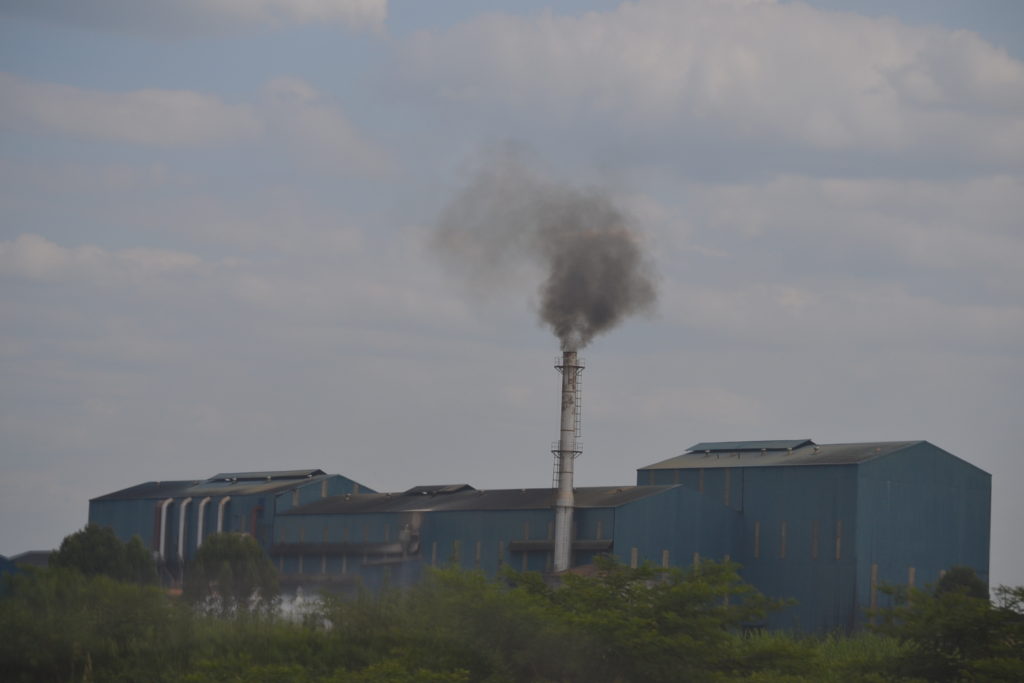
He revealed that sugarcane cartels control the cane market as farmers don’t have a collective voice. “What happens is that those who buy the sugarcane dictate the price,” he told the East African Centre for Investigative Reporting.
The sugarcane value-chain, which includes by-products like bagasse, filter-muds and molasses are all handed to the factory owners. “We don’t have any innovation to help poor people to add value to the cane,” Kagga argued.
“These out-grower leaders have not been able to establish strong out-grower association and have no shares in sugarcane factories, the money that these factories export capital to invest somewhere else, that is why the economy as Matia Kasaija [Finance minister] said 69 percent of the economy is in the hands of foreigners,” Nabwiso revealed.
In April 2020, President Museveni assented to the controversial Sugar Bill bringing to an end a protracted battle with Parliament.
Earlier on, the President had declined to assent to the bill, saying the absence of zoning in the sugar industry could weaken the sugar industry.
He wanted those with less than six acres not be allowed into growing sugarcane while medium and large-scale farmers to partner with the factories. But lawmakers put up flak against the President’s proposals, which they viewed as an attempt to turn the August assembly into an appendage of the Executive and to grant a monopoly to sugar factories at the expense of poor farmers. Most of the factories in the sugar-belt are domiciled in safe havens and secrecy jurisdictions as profits are repatriated.
But for thousands of families who earn a pittance on these plantations, in the place of hope lies trepidation as men, women and children have been stripped of their dignity to work in conditions akin to labour camps.
With the Covid pandemic relegating hundreds of locals towards abject poverty, the taste of cane will only get bitter!


